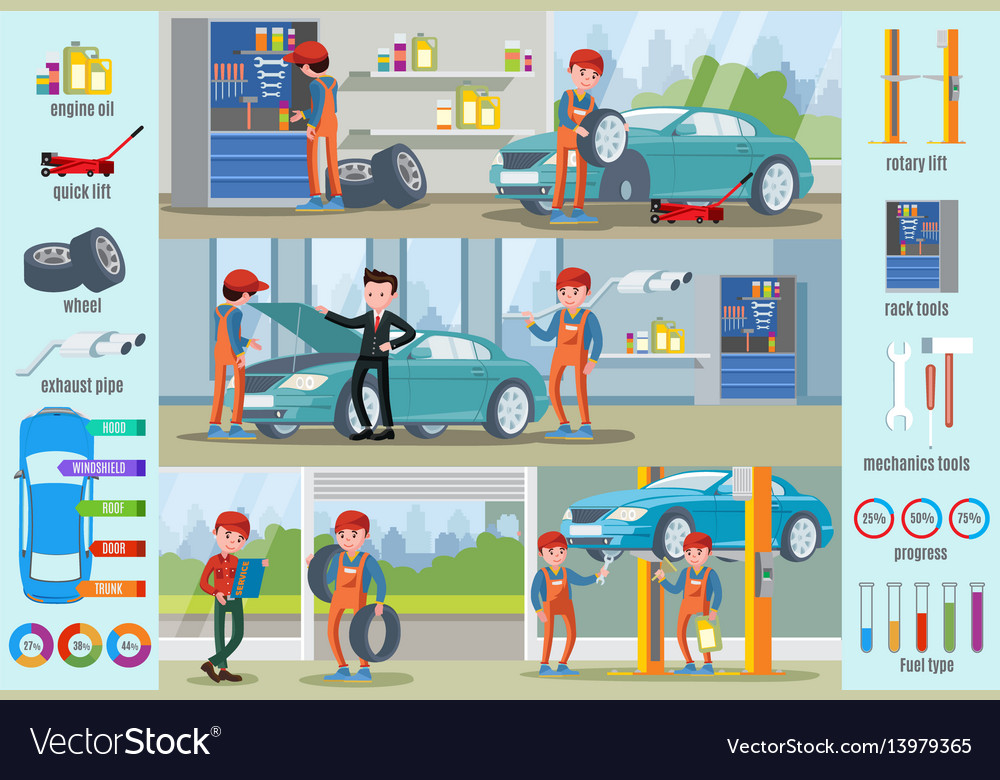Assessing Your Car'S Caution Indicators: What They Actually Share
Assessing Your Car'S Caution Indicators: What They Actually Share
Blog Article
car wash upholstery By-Sykes Dalgaard
When you're behind the wheel, those radiant caution lights on your control panel can be a bit difficult. Do you know what they're trying to tell you about your car's health and wellness? Understanding the value of these lights is vital for your safety and security and the long life of your vehicle. So, the next time one of those lights appears, wouldn't you want to understand its message properly and take the necessary actions to address it?
Common Caution Lighting and Interpretations
Identify usual caution lights in your cars and truck and comprehend their meanings to ensure safe driving.
The most common warning lights consist of the check engine light, which indicates concerns with the engine or emissions system. If this light comes on, it's vital to have your car inspected quickly.
The oil stress warning light shows reduced oil stress, requiring immediate attention to stop engine damages.
A blinking battery light might suggest a defective charging system, potentially leaving you stranded otherwise attended to.
The tire pressure tracking system (TPMS) light alerts you to reduced tire stress, influencing vehicle security and fuel efficiency. Ignoring this might lead to harmful driving conditions.
The abdominal muscle light shows a problem with the anti-lock braking system, jeopardizing your capacity to stop rapidly in emergency situations.
Last but not least, the coolant temperature advising light warns of engine getting too hot, which can result in extreme damage otherwise settled swiftly.
Understanding these usual caution lights will help you attend to concerns without delay and keep safe driving problems.
Importance of Prompt Focus
Understanding the usual warning lights in your cars and truck is just the first step; the importance of promptly addressing these cautions can not be emphasized enough to ensure your safety and security when driving.
When a warning light brightens on your control panel, it's your cars and truck's method of interacting a possible concern that needs focus. Overlooking these warnings can lead to extra serious issues later on, endangering your safety and security and potentially costing you much more in repairs.
Prompt focus to warning lights can stop breakdowns and accidents. As an example, a flashing check engine light could show a misfire that, if left ignored, can create damage to the catalytic converter. Resolving this immediately can conserve you from a pricey fixing.
Likewise, a brake system alerting light may signal low brake fluid or worn brake pads, critical elements for your safety when driving.
Do It Yourself Troubleshooting Tips
If you observe a warning light on your control panel, there are a couple of DIY troubleshooting ideas you can attempt before looking for professional aid.
The primary step is to consult your cars and truck's guidebook to understand what the specific warning light shows. Sometimes https://www.einnews.com/pr_news/582591565/automotive-defense-specialists-announces-new-post-focused-on-the-value-of-a-top-smog-shop-lawyer-in-california can be as basic as a loosened gas cap causing the check engine light. Tightening up the gas cap might deal with the problem.
Another common issue is a reduced battery, which can cause different advising lights. Inspecting the battery links for corrosion and guaranteeing they're safe might take care of the problem.
If a warning light persists, you can try resetting it by detaching the automobile's battery for a couple of mins and then reconnecting it. Additionally, examining your vehicle's liquid degrees, such as oil, coolant, and brake liquid, can assist repair alerting lights connected to these systems.
Final thought
To conclude, understanding your vehicle's warning lights is necessary for keeping your car running smoothly and safely. By promptly addressing these notifies and recognizing what they suggest, you can avoid expensive repair services and prospective breakdowns.
Bear in mind to consult your vehicle's handbook for certain information on each advising light and do something about it accordingly to make sure a hassle-free driving experience.
Stay educated, remain risk-free when driving!
